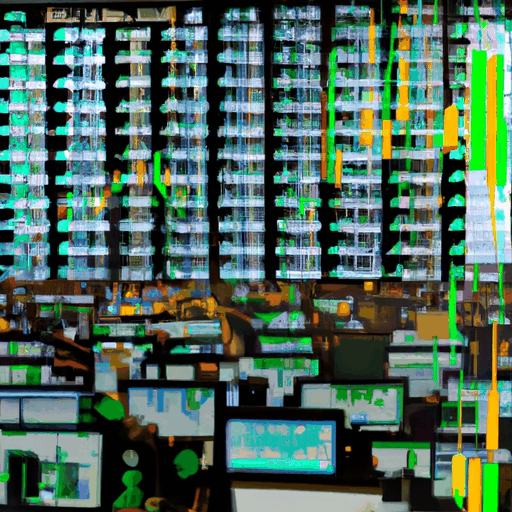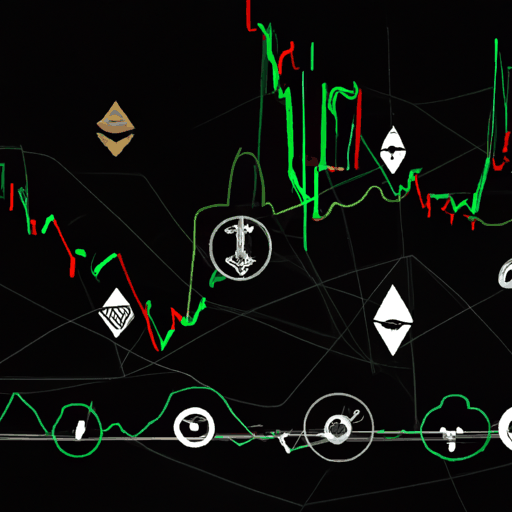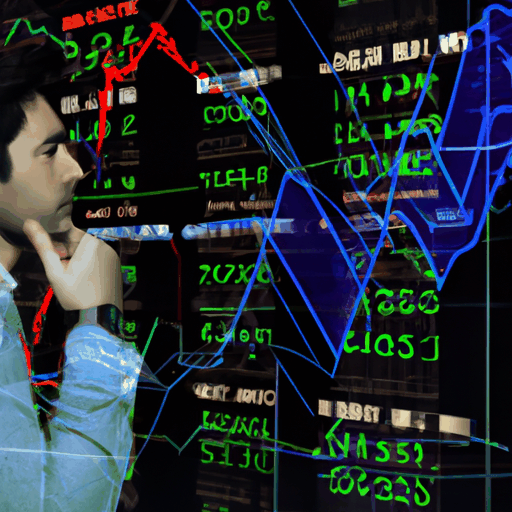
Bitcoin Futures Volume Surge Highlights Market Volatility and Trader Sentiment
By: Eva Baxter
In a recent development within the cryptocurrency markets, Bitcoin futures have demonstrated considerable activity, pointing to a dynamic and speculative period for traders. Notably, the trading volume for Bitcoin futures saw a striking increase over a brief period, as daily futures volume on key derivatives exchanges surged from $109.39 billion on April 4 to $227.53 billion by April 8. This significant rise represents a 108% increase in transactions over just four days, with a pronounced jump from $58.02 billion on April 6 to $227.53 billion on April 8, marking a remarkable 292% increase.
Despite this spike, the open interest (OI), which indicates the number of active contracts, did not mirror the volume increase, instead falling from $52.64 billion to $50.34 billion. This divergence between trading volume and open interest suggests that the recent activity in Bitcoin futures was heavily skewed towards short-term speculative trading and immediate liquidations rather than the establishment of new, long-term positions. Traders appear to be responding swiftly to the market's volatility, leveraging their positions within the highly fluctuating context of the evolving global trade tension, particularly between the United States and China.
The trading environment has been further complicated by macroeconomic uncertainties and geopolitical tensions. A key factor that contributed to the heightened trading volume was the escalation of the US-China trade conflict, with increased tariffs impacting global markets, including cryptocurrency. Bitcoin faced a reaction to these developments as its price dropped to $78,367 on April 6, a reflection of the wider market's jitters over these geopolitical events. While some temporary recoveries were seen, as unfounded reports of tariff pauses circulated, the sentiment remained largely cautious.
The current situation reflects the dual nature of Bitcoin as both a speculative asset and a potential hedge against macroeconomic instability. With ongoing uncertainty in geopolitical relations and macroeconomic policies, traders appear poised to quickly adjust strategies without committing to prolonged exposure. Consequently, the futures market has become a fertile ground for intraday and high-frequency trading as participants navigate through rapid price swings and liquidation bursts, seeking to capitalize on the current unpredictability.



